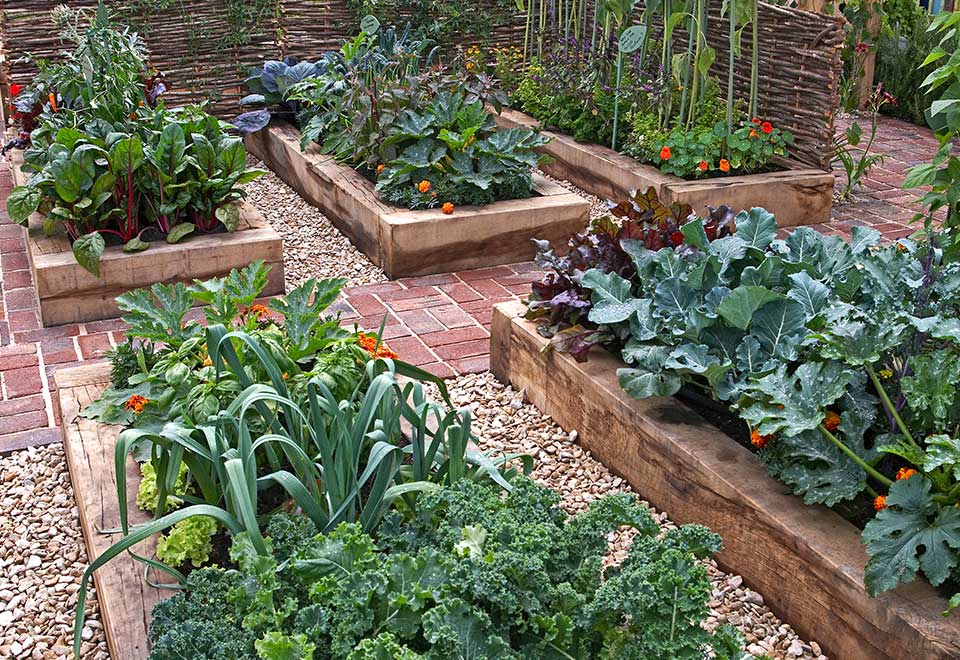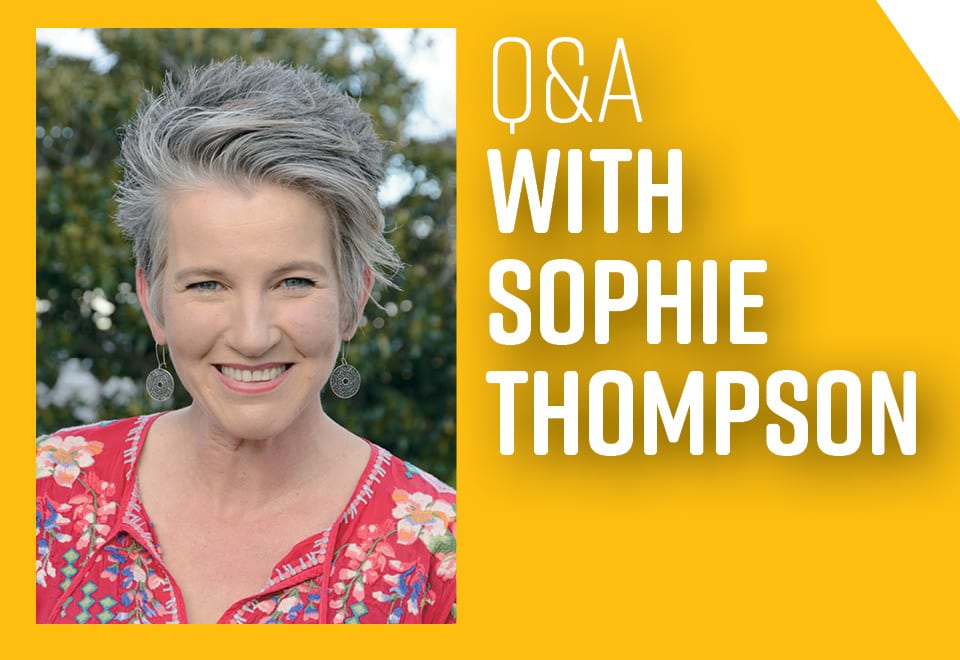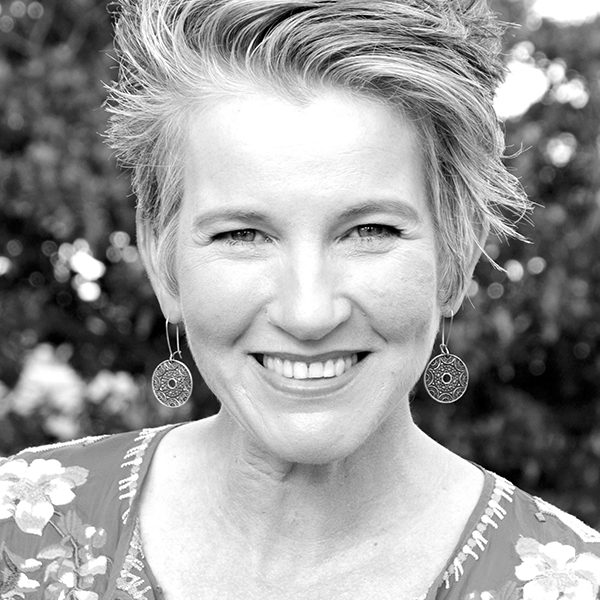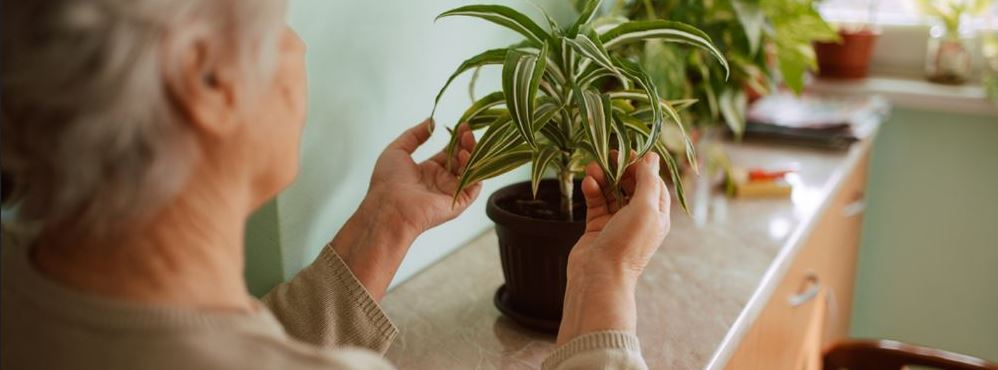How to design a courtyard garden
Planning when designing or renovating a courtyard garden will result in an outdoor space which you love spending time in yet is practical to look after.
The best way to approach designing a courtyard garden is to think of your garden as an extension of your home, an outside ‘room’, and then work out what you want to use this ‘room’ for.
Make a list of what you want from your garden.
- Is it a functional outdoor living space, a place for outdoor entertaining, a quiet retreat in which to escape, or just a beautiful scene primarily admired from inside?
- Do you want somewhere to grow vegetables, herbs and even a few small fruit trees?
- Do you need practical features like a small garden shed or a utility area for bins and composting?
- If you want to grow edibles, work out where they will grow best.
Vegies need sun to grow well
This can be challenging in courtyards where high walls, fences or neighbouring houses create shade.

Once the criteria are established, you also need to consider if you want a dominant garden style.
- Where space is limited, the style and design of both the courtyard and the house need to work in harmony.
- Decide whether your indoor style is classic formal, relaxed country, oriental or simple and modern, and then plan your garden to compliment and continue this style.
- Once you have thought through the design and style of your courtyard, next comes the task of creating a strong framework with structures, boundaries, features and surfaces, and then softening these with plants.
Try to ensure that the elements which create the framework are not only practical, but also attractive and aesthetically pleasing.
- Structures may include pergolas, archways, arbours and gates.
- Boundaries can be created from fences, screens and walls, as well as living screens from narrow shrubs or climbing plants.
- Features can range from garden furniture such as a seat or bench, statues, ornaments and containers, water features, lighting effects, as well as strategically placed feature plants.
- Surfaces can range from hard surfaces of paving, stone or decking to soft surfaces of grass, groundcovers, gravel, pebbles and mulch.
When garden space is limited try to plant in layers.
- This can create a feeling of depth and interest in even the smallest space, with plants scaling up from the smallest at the front to the tallest at the back.
- The front might be a low border plant, the middle a dwarf to medium sized shrub and the back layer a climbing plant.
Plant selection for a smaller garden area or courtyard is more critical than ever.
- It is vital to ensure that the plants that you choose are ‘good value’ plants.
- These plants have a number of features or benefits, and look attractive throughout the seasons.
- This can be achieved not only by their flowers, but also their attractive foliage, bark, form and structure.
- It is also vital that you choose plants which are the right size for your space, so you don’t have a lot of work to keep them manageable and under control.
Careful planning when designing or renovating a courtyard garden will result in an outdoor space which you love spending time in yet is practical to look after.
Q&A

QUESTION: I made the mistake of buying advertised Geijera Parviflora seeds (Wilga) on eBay. When the seeds germinated, this is what they look like. They are definitely not Wilgas!! They grow very fast and as yet the seller hasn’t told me what the plant is. I don’t want to put them in the garden until I know what it is. The seed was a bit smaller than a pea, with a hard-black coat that needs to be broken before they will germinate. Do you have any ideas please?
SOPHIE: The seedling looks like a golden rain tree or Koelreutaria species. These hardy trees are often used as street trees with interesting foliage and lantern-like fruit in late summer. They have attractive autumn foliage with the green foliage turning pinkish gold. The main drawback with these trees is their self-seeding. They get to around 7m high by 7m wide at around 20 years.
Do you have a gardening question?
Email [email protected] or alternatively post to PO Box 646, Torrensville Plaza, Torrensville SA 5031.





